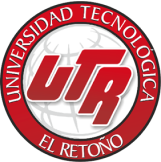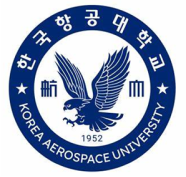Related projects
Discover more projects across a range of sectors and discipline — from AI to cleantech to social innovation.
Graphical Processing Units (GPU)’s have matured, and now provide the highest computational performance per dollar. To be scalable, a tighly coupled cluster of GPU’s must support efficient implementations of real world algorithms.
This project will implement a software signal processing pipeline using GPU architectures. CITA is currently acquiring a major GPU cluster, which will be ready for scientific use this winter. This technology, if successful, has the potential of bringing the information revolution to astronomical signal processing, specifically interferometric aperture synthesis imaging. At the heart of an array of radio telescopes is the correlator, which combines the signals from all pairs of antennas. Currently, they are primarily implemented in hard coded, application-specific hardware, and the cost and rigidity of such systems is a major limitation of radio astronomy.
Software implementations of DSP systems have the benefits of very high flexibility, and are able to benefit from the latest developments in Moore’s law. Astronomical hardware development efforts often require 10 years from design to deployment, with a corresponding 10 year lag in performance. An efficient GPU-based code could bring the cost of correlators down by more than a factor of 10.
The student will be implementing a parallel cross-correlation pipeline for use at various radio telescopes, including the Canadian Hydrogen Intensity Mapping Experiment (CHIME), and the Indian Giant Metrewave Radio Telesope (GMRT).
Dr. Ue-Li Pen
Divij Vaidya
Physics / Astronomy
Information and communications technologies
University of Toronto
Globalink Research Internship
Discover more projects across a range of sectors and discipline — from AI to cleantech to social innovation.
Find the perfect opportunity to put your academic skills and knowledge into practice!
Find ProjectsThe strong support from governments across Canada, international partners, universities, colleges, companies, and community organizations has enabled Mitacs to focus on the core idea that talent and partnerships power innovation — and innovation creates a better future.
























































































































































































































































































































